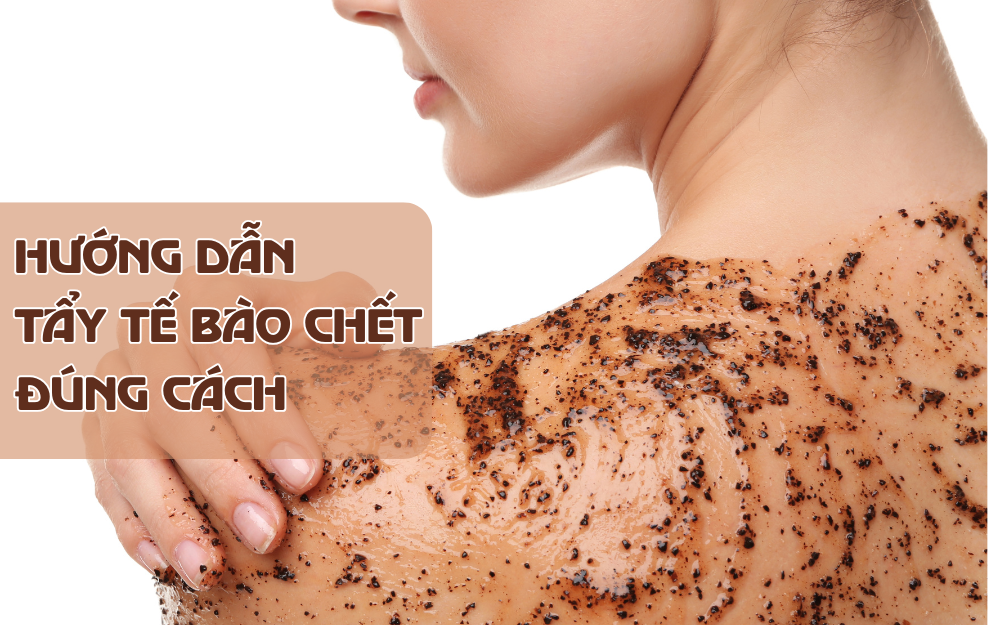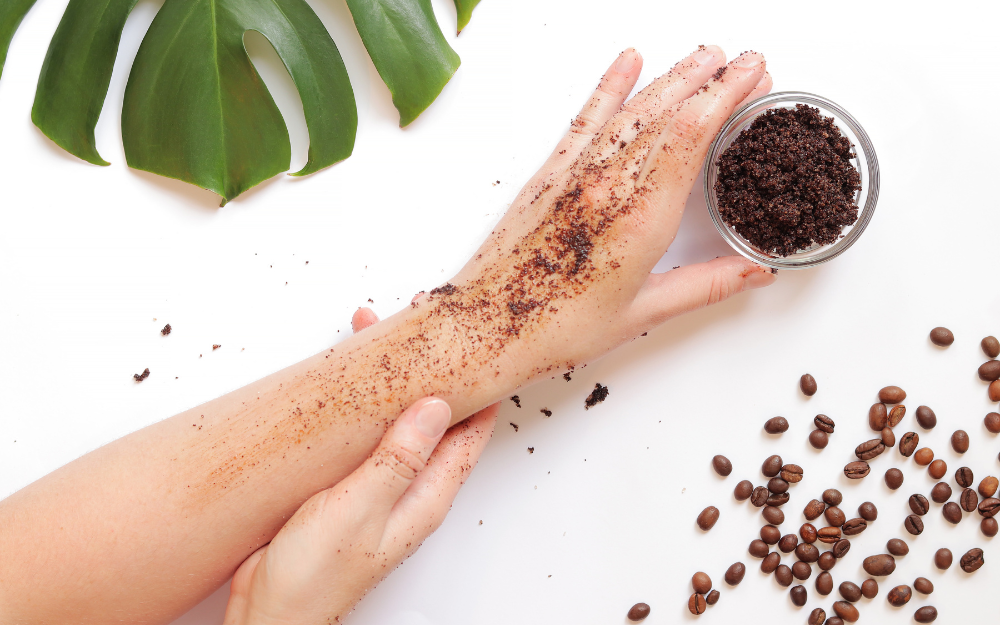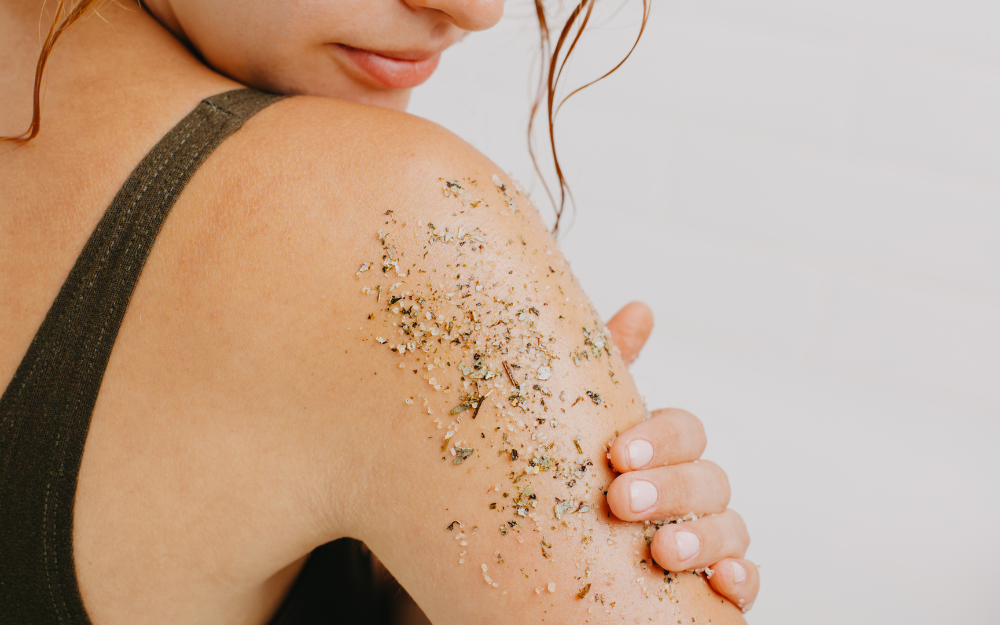
Exfoliation is a vital step in any skincare routine. It helps remove dead skin cells, unclog pores, and allows skincare products to absorb better. However, if done incorrectly, it can lead to irritation, thinning skin, and even serious damage. So, how do you exfoliate without harming your skin? Let’s dive in!

Exfoliation is the process of removing dead skin cells from the surface of the skin. There are two main types of exfoliation:
Physical exfoliation: Uses scrubs or tools to manually remove dead skin cells.
Chemical exfoliation: Uses ingredients like AHAs or BHAs to gently dissolve dead skin cells.
Cleans pores, reduces blackheads and whiteheads
Leaves skin smoother and more radiant
Enhances absorption of serums and moisturizers
Stimulates skin cell turnover and renewal

Here are some safe and effective steps to exfoliate your skin:
Oily or acne-prone skin: Opt for chemical exfoliants with BHA (salicylic acid) to deeply clean pores.
Dry or sensitive skin: Choose low-concentration AHAs (like glycolic or lactic acid) or gentle, non-gritty physical exfoliants.
Normal skin: You can use either type, depending on your skin’s condition.
Wash your face with a gentle cleanser and pat dry before exfoliating. This helps prevent bacteria from causing irritation during the process.
For physical exfoliants: Massage lightly for 30–60 seconds. Avoid harsh scrubbing that can scratch your skin.
For chemical exfoliants: Apply a thin layer and avoid the eye and lip areas. Follow the product instructions.
Exfoliation can make your skin drier than usual, so it’s essential to apply moisturizer afterward to help restore hydration and support the skin barrier.
After exfoliation, your skin becomes more sensitive to UV rays. Always wear sunscreen with at least SPF 30 to protect your skin.
This depends on your skin type and the product used. Generally:
Normal to oily skin: 2 times per week
Dry or sensitive skin: Once a week
Severe acne-prone skin: Consult a dermatologist before exfoliating
Scrubbing too hard or using harsh exfoliants with large granules
Over-exfoliating (too many times per week)
Skipping moisturizer or sunscreen afterward
Exfoliating when the skin is broken or irritated
Exfoliating properly is the secret to healthy, glowing skin. But remember—less is more. Listen to your skin, use products that suit your skin type, and always follow up with hydration and protection. With the right routine, you'll maintain smooth, radiant skin without any unwanted side effects!